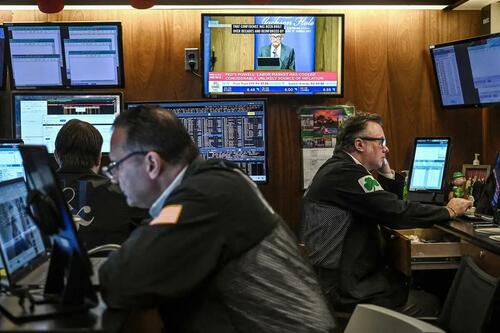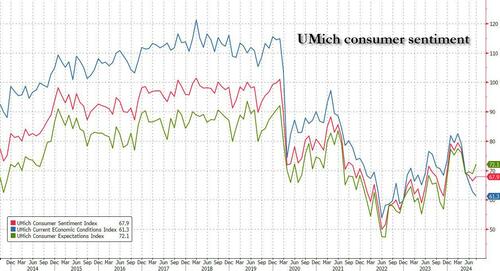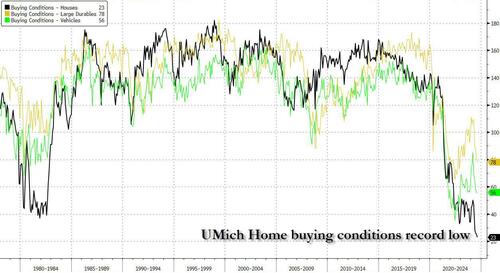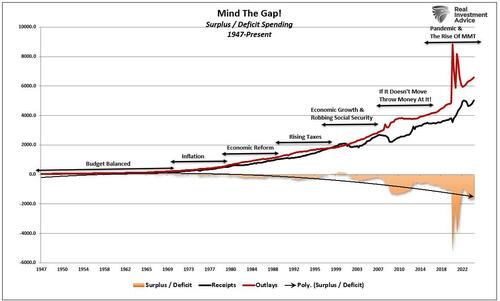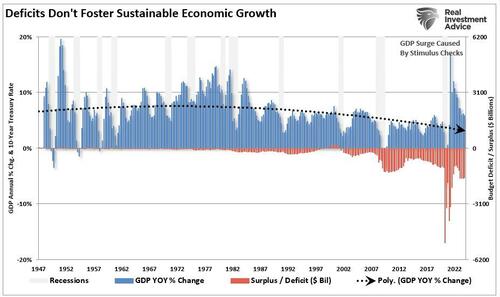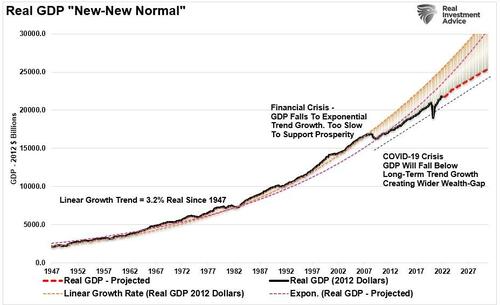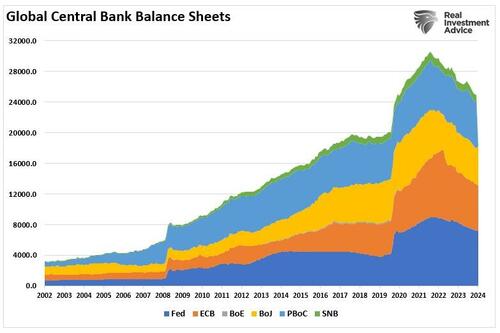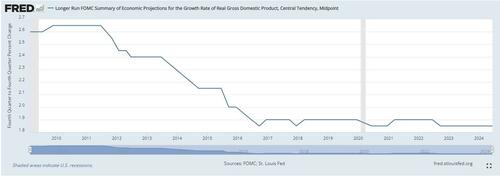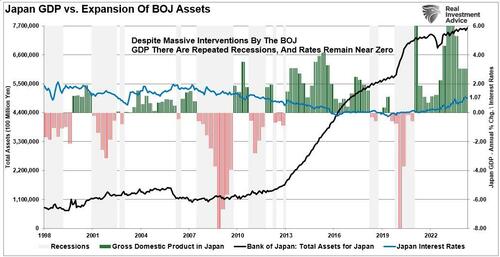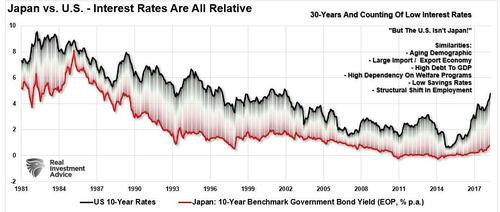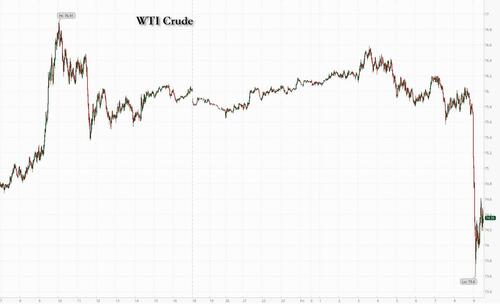Holding Gold Yields Better Returns Than Mining For It
Authored by Stefan Gleason via Money Metals,
With spot gold prices at record highs, investors might expect that shares of precious metals mining companies are also trading at record highs.
By and large, that is not the case.
Mining stocks, as represented by the HUI Gold BUGS Index, are still underwater by more than 40% compared to their 2011 highs. And that’s despite being pulled up significantly this year by soaring gold and silver prices.
There are a variety of reasons why most mining shares have lagged the metals. First and foremost, mining is a tough business that is fraught with risks. Even when the value of a mine’s end product goes up, the costs of getting it out of the ground can go up even faster.
During periods when market prices for metals fall below a mining company’s all-in sustaining costs, it may choose to sell at a loss. That’s because it would be impractical for a mine to lay off all its workers and let its expensive equipment sit idle while waiting for market conditions to improve.
But there is another option available to precious metals mining companies during times when their product is being undervalued.
If the CEOs of companies that have “gold” (or silver) in their name truly believe in their product – which is money itself – then why don’t they hold some of it on their books as a reserve asset instead of immediately exchanging it for dollars regardless of prevailing price?
Gold is considered by the Bank for International Settlements to be a “Tier 1” asset within the banking system. That means it is globally recognized as a high-quality capital reserve asset.
Central bankers around the world agree. Despite refusing to make their fiat currencies redeemable in gold, central banks have been accumulating the monetary metal at a blistering pace over the past few years.
But with a few exceptions, large corporations — including major gold and silver producers — have failed to bolster their own finances with sound money backing.
SilverCrest Metals Sets an Example
One company that actually does is Canada-based SilverCrest Metals. Under the leadership of President Christopher Ritchie, SilverCrest has added some $30 million in gold and silver bullion to its balance sheet, which represents nearly 30% of its treasury assets.
With the benefit of a fantastic producing mine, SilverCrest began accumulating its precious metal reserves right after paying off all its debts over a year ago. As the nominal price of gold has risen 30% over the past year, this strategy is already looking like a pretty genius move.
Plenty of other publicly traded companies regularly engage in stock buybacks.
CEOs who believe in the underlying strength of their business are happy to have the company buy back its own shares during periods when they are trading at a discount. Share buybacks often do a far better service to shareholders than holding depreciating cash, issuing taxable dividends, or deploying capital into riskier projects.
Last year, Berkshire Hathaway, helmed by legendary value investor Warren Buffett, bought back $9.2 billion of its own shares. Buffett eats his own cooking.
Unfortunately, however, the typical mining industry executive does not.
Gold Holdings Can Buffer a Company’s Ups & Downs
Mining leaders have overlooked golden opportunities to buy back their own product when it was ridiculously cheap and hold it on their balance sheet. Instead, they myopically opted to trade it for a relative pittance in dollars that they thought would look better on their quarterly earnings reports.
Throughout its history, the mining industry as a whole has been such a poor steward of investor capital that it has earned a bad reputation on Wall Street. Negative sentiment toward the industry has, in turn, contributed to share price underperformance.
Of course, with gold recently darting to a record high price above $2,500 an ounce, industry executives might feel that now would be a poor time to make such a move.
Given the current momentum and array of bullish factors driving bullion, we doubt that will prove to be the case.
But even if they think the market price of the yellow metal is currently too elevated, at least in nominal terms, what’s their excuse for not retaining its much cheaper cousin, silver?
Even at $30 per ounce, silver remains well below its previous all-time high near the $50 level. Silver is, by many measures, undervalued – especially when considering the potential for rapidly growing sources of industrial demand to outstrip supply.
Taking concrete action that demonstrates a belief in their product will help gold and silver mining industry leaders break the cycle of share underperformance.
Tyler Durden
Fri, 08/30/2024 – 13:00
via ZeroHedge News https://ift.tt/VAQPYSd Tyler Durden






